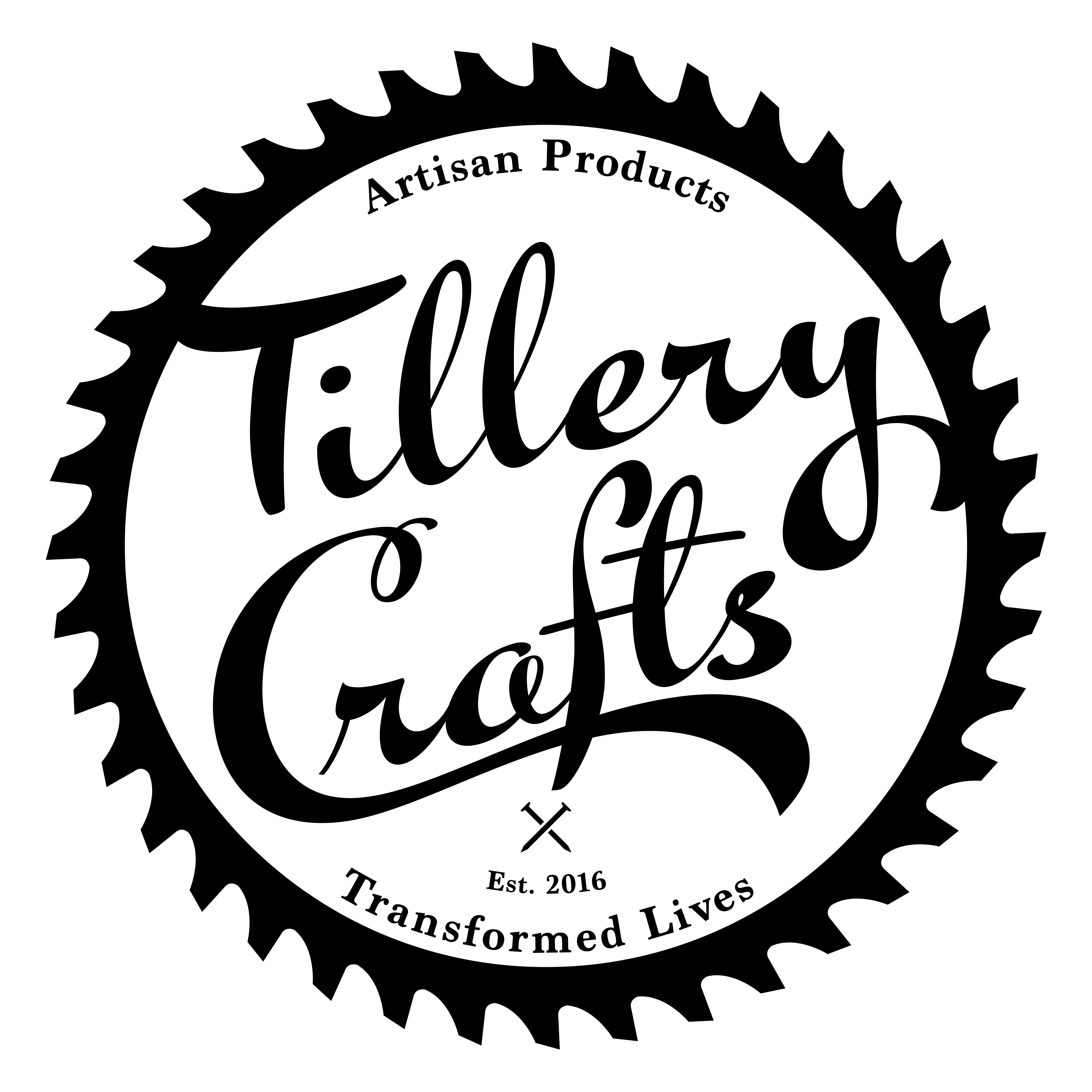What's the difference between commercial and handmade soap?
This is probably the most common question we hear! Price is one difference for sure. Economies of scale account for some of the price delta, but a lot is in the quality of materials used. First of all, most store-bought soap is more of a detergent rather than a real soap. Commercial manufacturers strip out much of the skin-loving glycerin from their product and dump in lots of other chemicals. Here's a list of some things you should watch out for in commercial soap:
- Dioxane is a contaminant found in most cosmetics and products meant for personal care. It has a high hazard rating of 8 in EWG’s Skin Deep Cosmetics Database. Not only that, but it's one of the chemicals featured in California’s Proposition 65 List of Carcinogens.
- Sodium Lauryl Sulfate (SLS) also known as Sodium Laureth Sulfate, but not to be confused with the gentle Sodium Lauryl Sulfoacetate. According to Natural Essentials, SLS bonds with other common soap ingredients, resulting in a carcinogenic nitrosamine, one of the chemicals also featured in California’s Proposition 65 List of Carcinogens.
- Triclosan is most often found in antibacterial soap. Recent studies have found that triclosan actually promotes the emergence and growth of bacteria resistant to antibiotic cleansers. It also creates dioxin, a carcinogen that has been found in high levels in human breast milk. Dioxins have disruptive effects on the endocrine system and negatively affect thyroid functions.
- Parabens are estrogen mimickers—meaning that once applied to the skin, they enter the bloodstream, and the body mistakes them for estrogen. When the body thinks there is an abnormally high amount of estrogen present in the bloodstream due to the presence of these hormone disrupters, it reacts in various ways: decreasing muscle mass, increasing fat deposits, causing early onset of puberty and spurring reproductive difficulties in both men and women.
- Ureas like, Diazolidinyl Urea, are known to release the chemical formaldehyde. Formaldehyde, with a high hazard rating of 10, is a known human carcinogen, human respiratory toxicant, skin irritant and an environmental toxin.
SLS vs SLSa. They 'look' the same, but are they?
Surfactants can be found in many products and are generally considered harmful. Here is a good blog post that explains the difference between some of them and SLSa that we use in bath bombs.
Sunscreen Articles
Blending Essential Oils
Oils in the same category generally blend well together
By Effect
Energizing
Rosemary, Clary Sage, Bergamot, Lemongrass, Eucalyptus, Peppermint, Spearmint, Tea Tree, Cypress, Pine, Lemon, Basil, Grapefruit, Ginger
Detoxifying
Anxiety
Lavender, Geranium, Roman Chamomile, Marjoram, Sandalwood, Valerian, Bergamot, Jasmine, Black Pepper, Tangerine, Orange, Melissa or Lemon Balm
Calming
Lavender, Geranium, Mandarin, Bergamot, Ylang Ylang, Neroli, Jasmine, Melissa , Palmarosa, Patchouli, Petitgrain, Sandalwood
By Type of Scent
Flowery
Geranium, Jasmine, Lavender, Palmarosa, Rose, Vanilla, Ylang Ylang
Woody
Cedarwood, Coriander, Cypress, Fir, Frankincense, Helichrysum, Juniper, Myrrh, Patchouli, Sandalwood, Vetiver
Citrus
Bergamot, Citronella, Grapefruit, Lemon, Lemongrass, Lime, Melissa, Neroli, Orange, Petitgrain, Tangerine
Herbal
Basil, Chamomile, Clary Sage, Eucalyptus, Marjoram, Oregano, Peppermint, Pine, Rosemary, Sage, Tea Tree, Thyme
Spicy
An interview with Kevin Dunn, Phd, an expert on the chemistry of soapmaking, on how essential oils react with lye.
http://roberttisserand.com/2011/06/essential-oils-in-soap-interview-with-kevin-dunn/
An article on how to make "resistant" soap, or hard does not mean resistant.
http://curious-soapmaker.com/how-to-make-resistant-soap-or-hard-doesnt-mean-resistant.html
A lookup tool for soap ingredients.
Downloads
Click on a file to download
